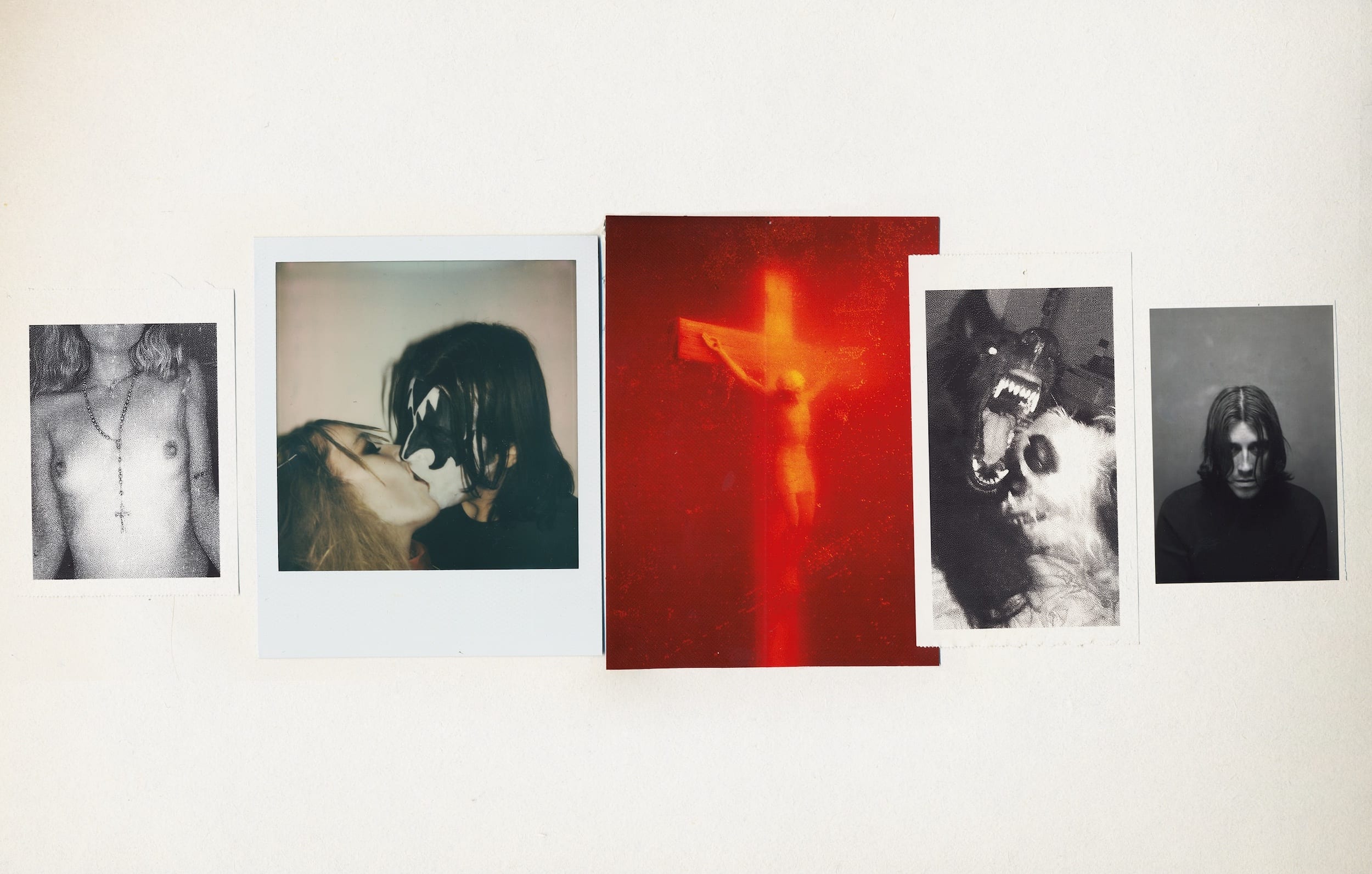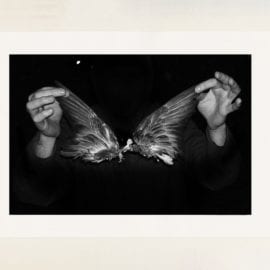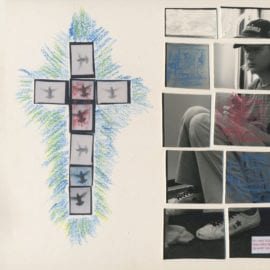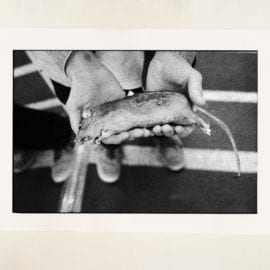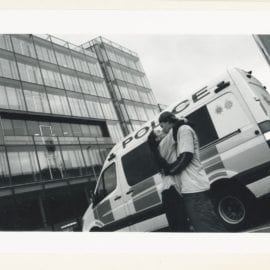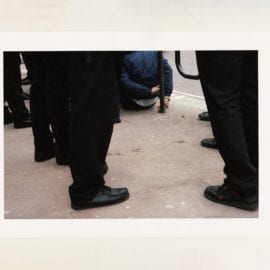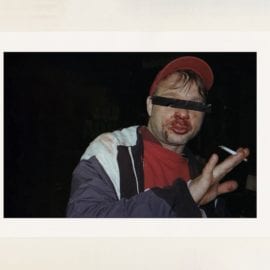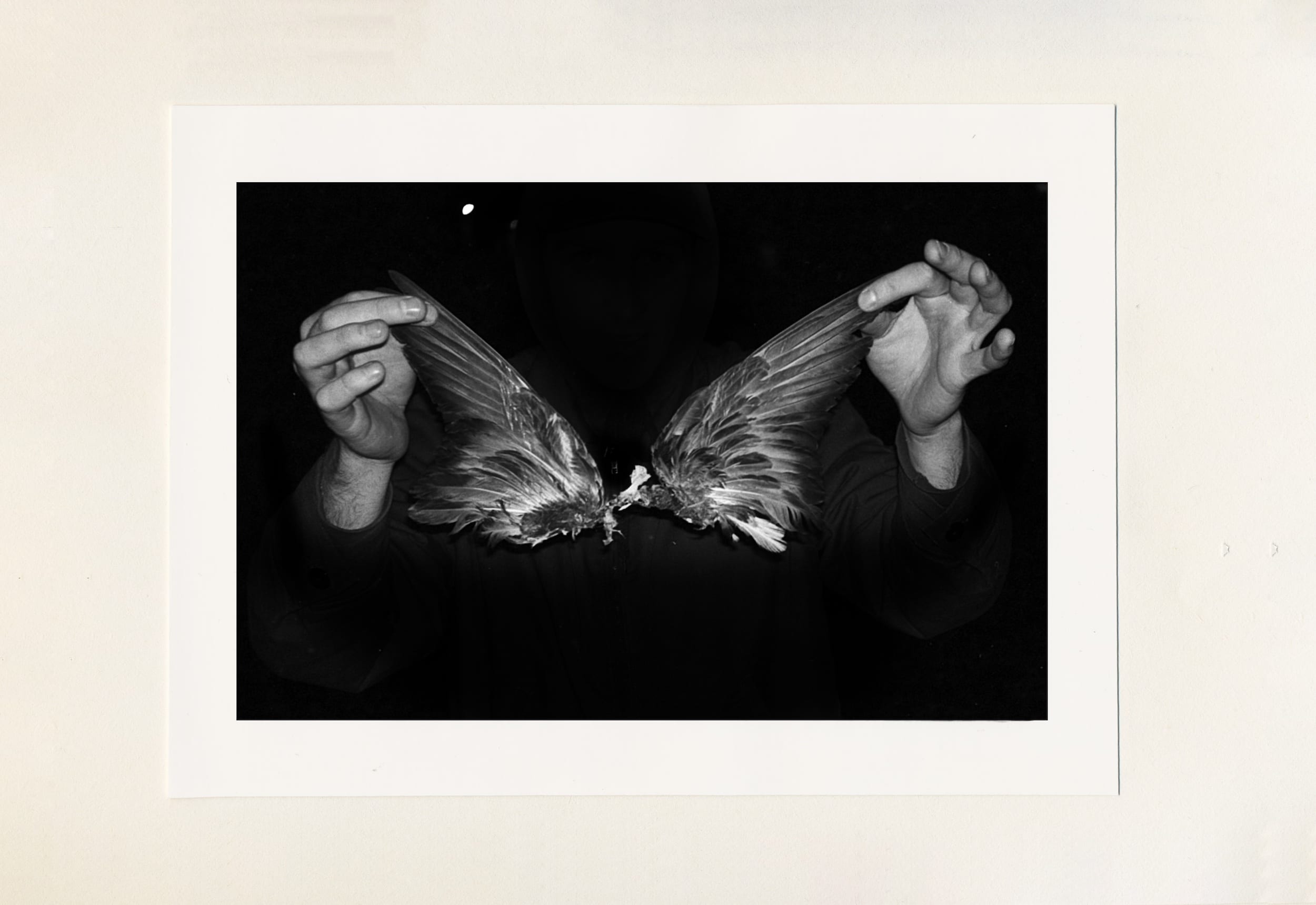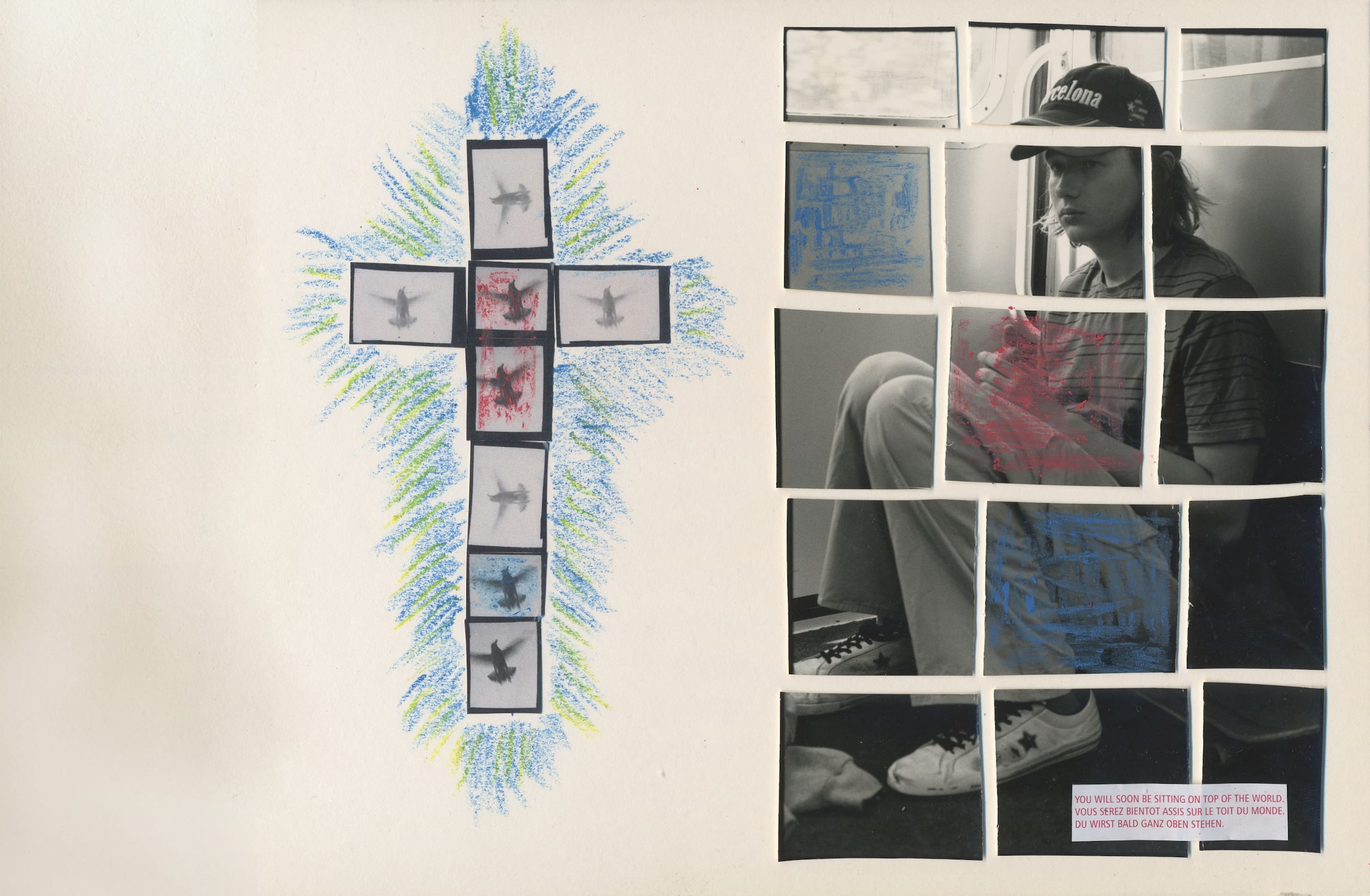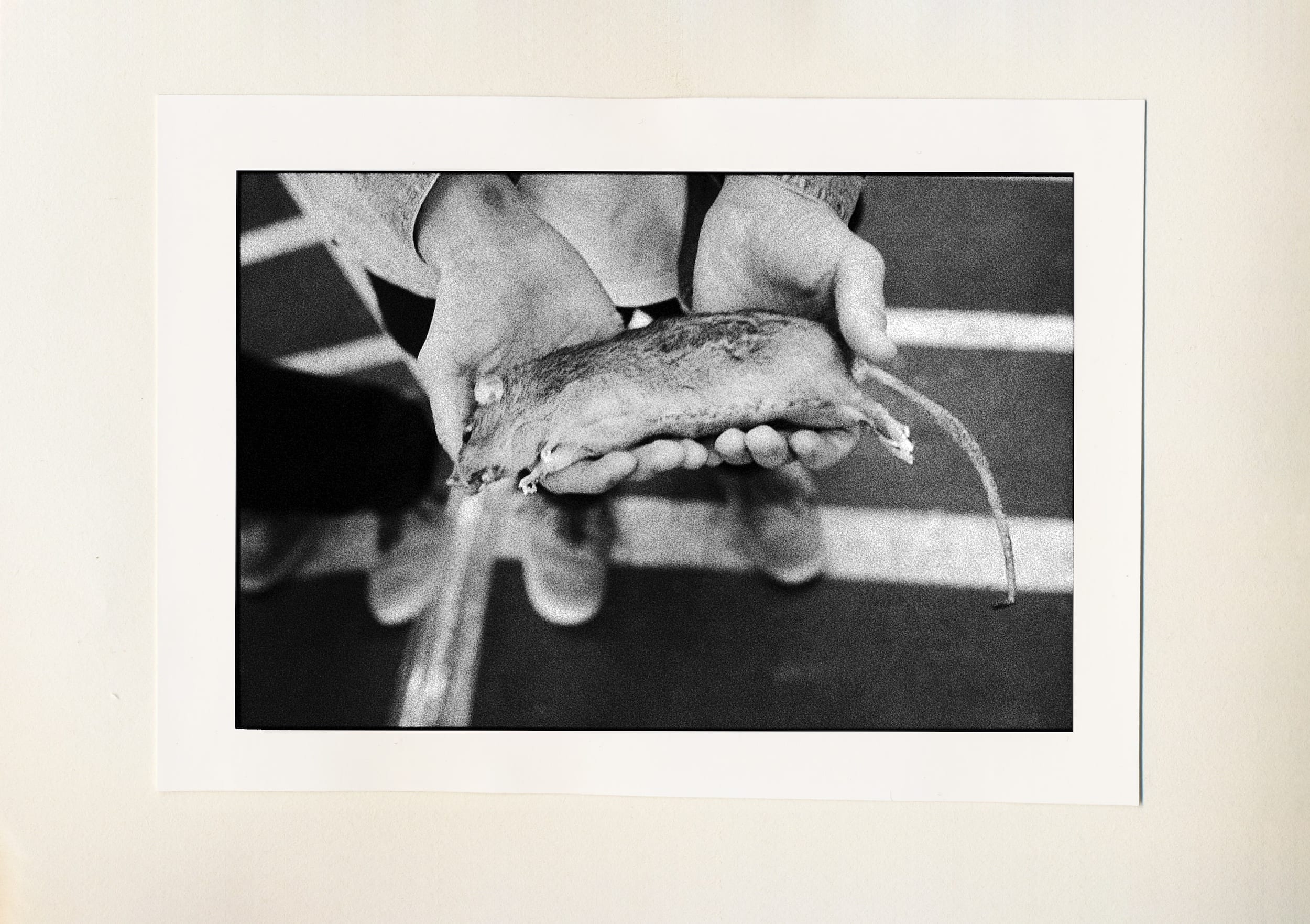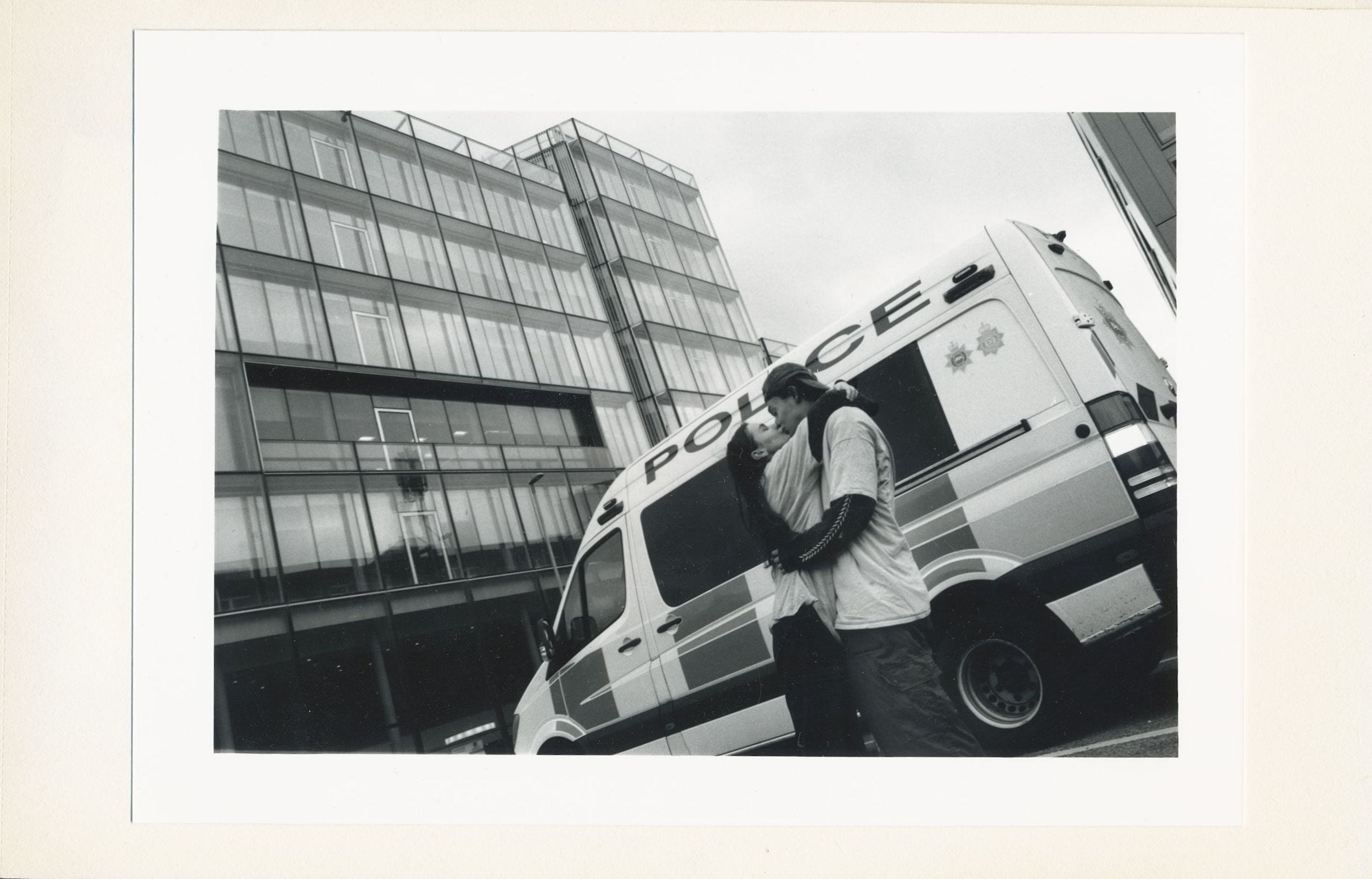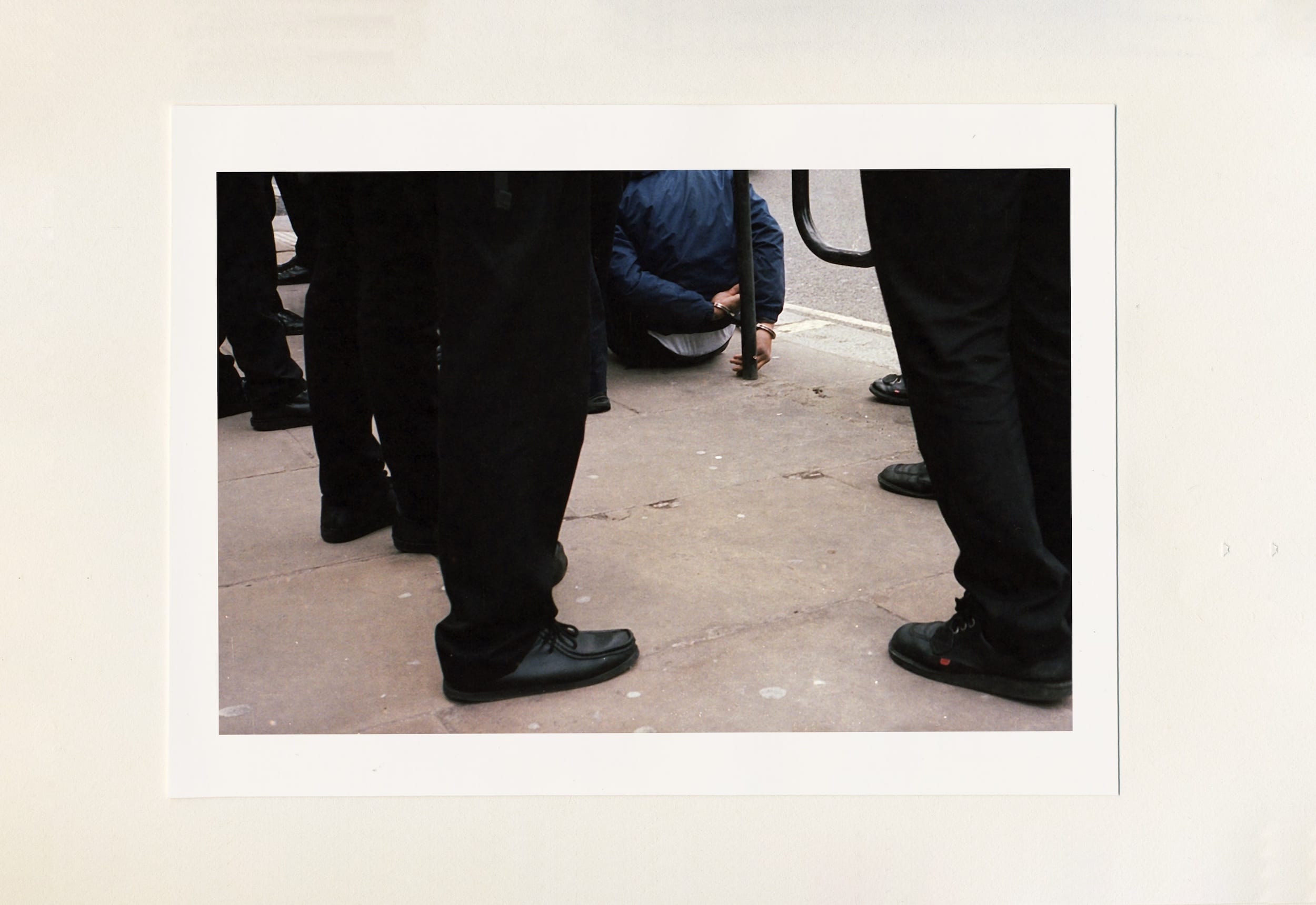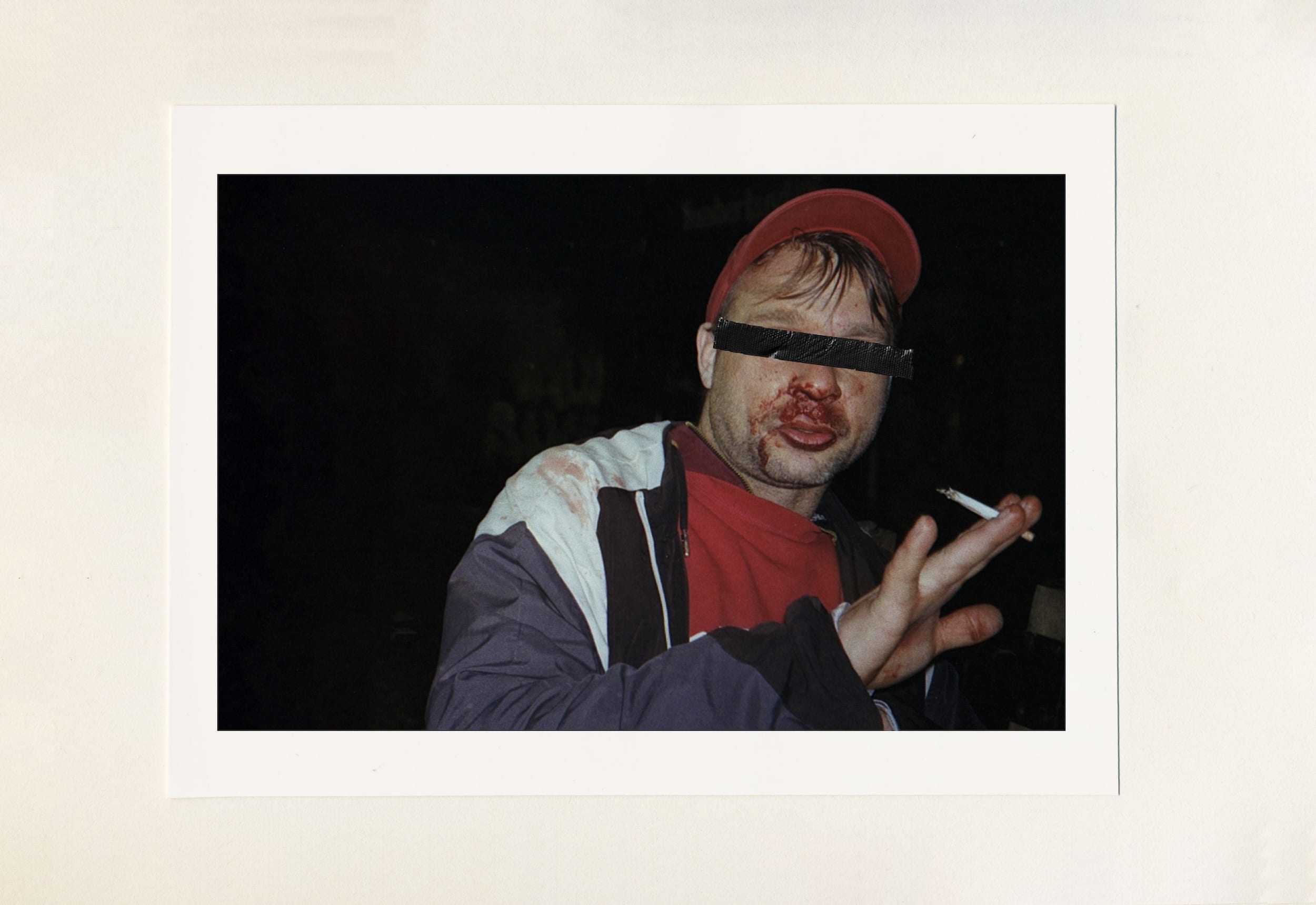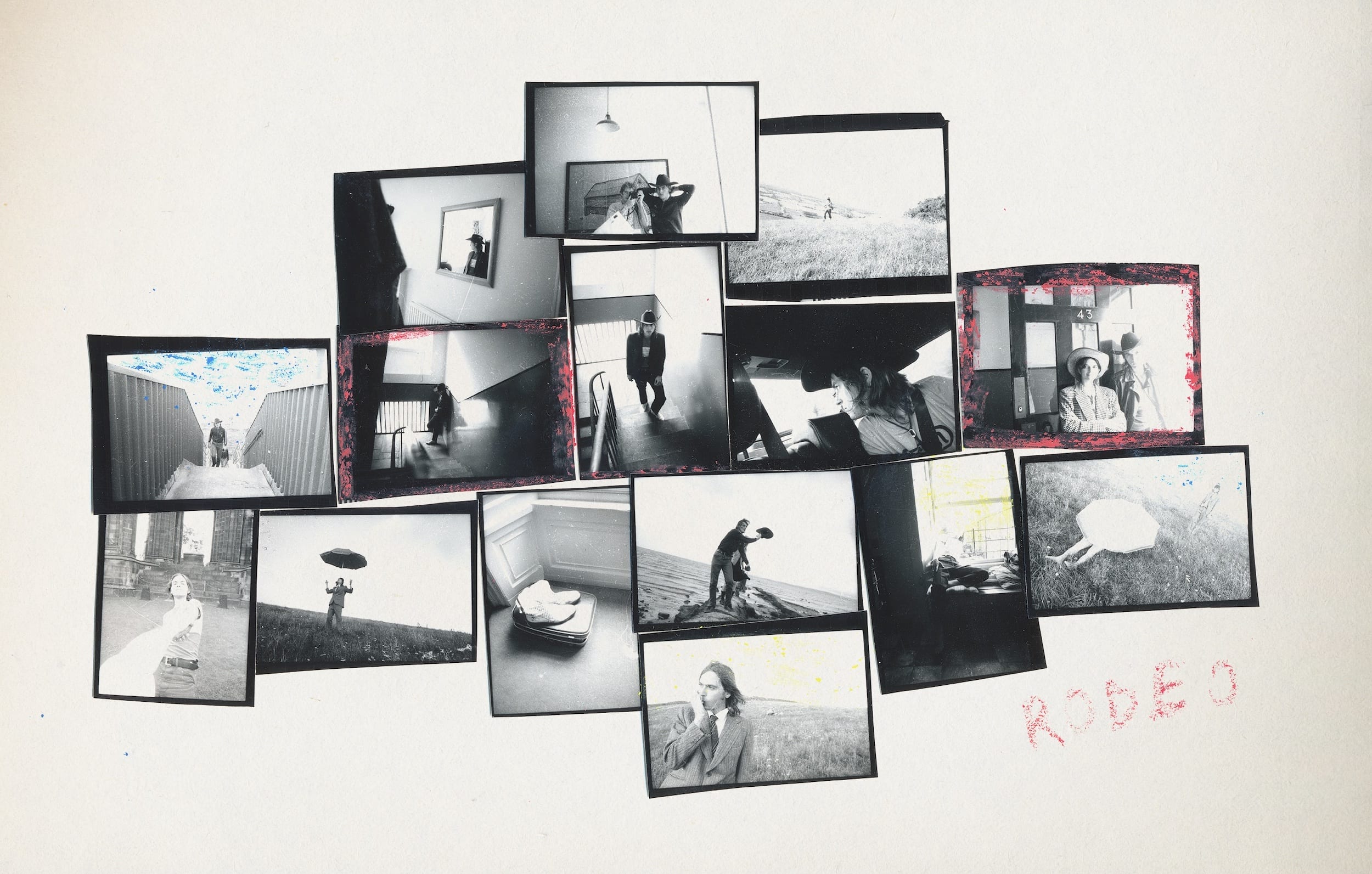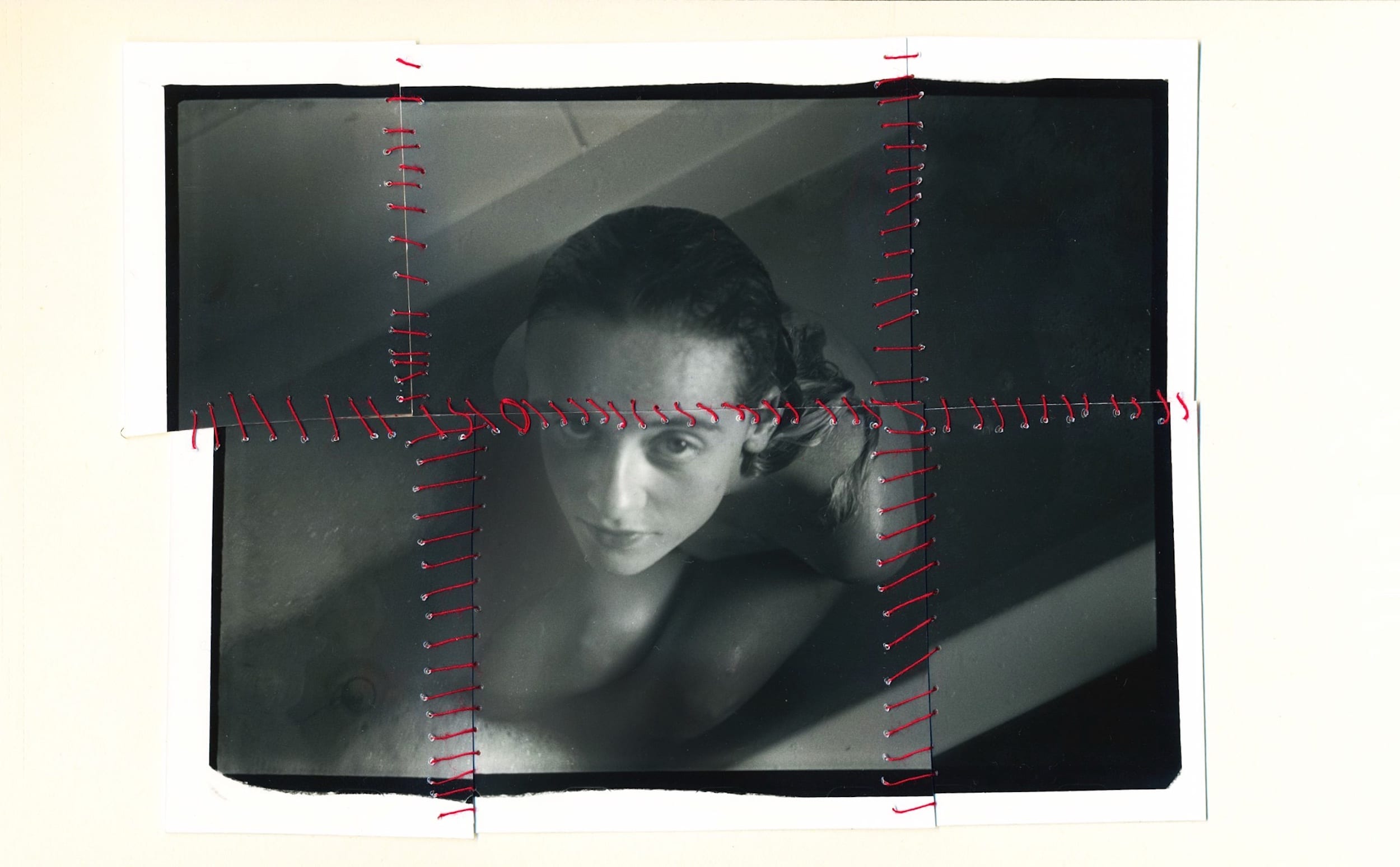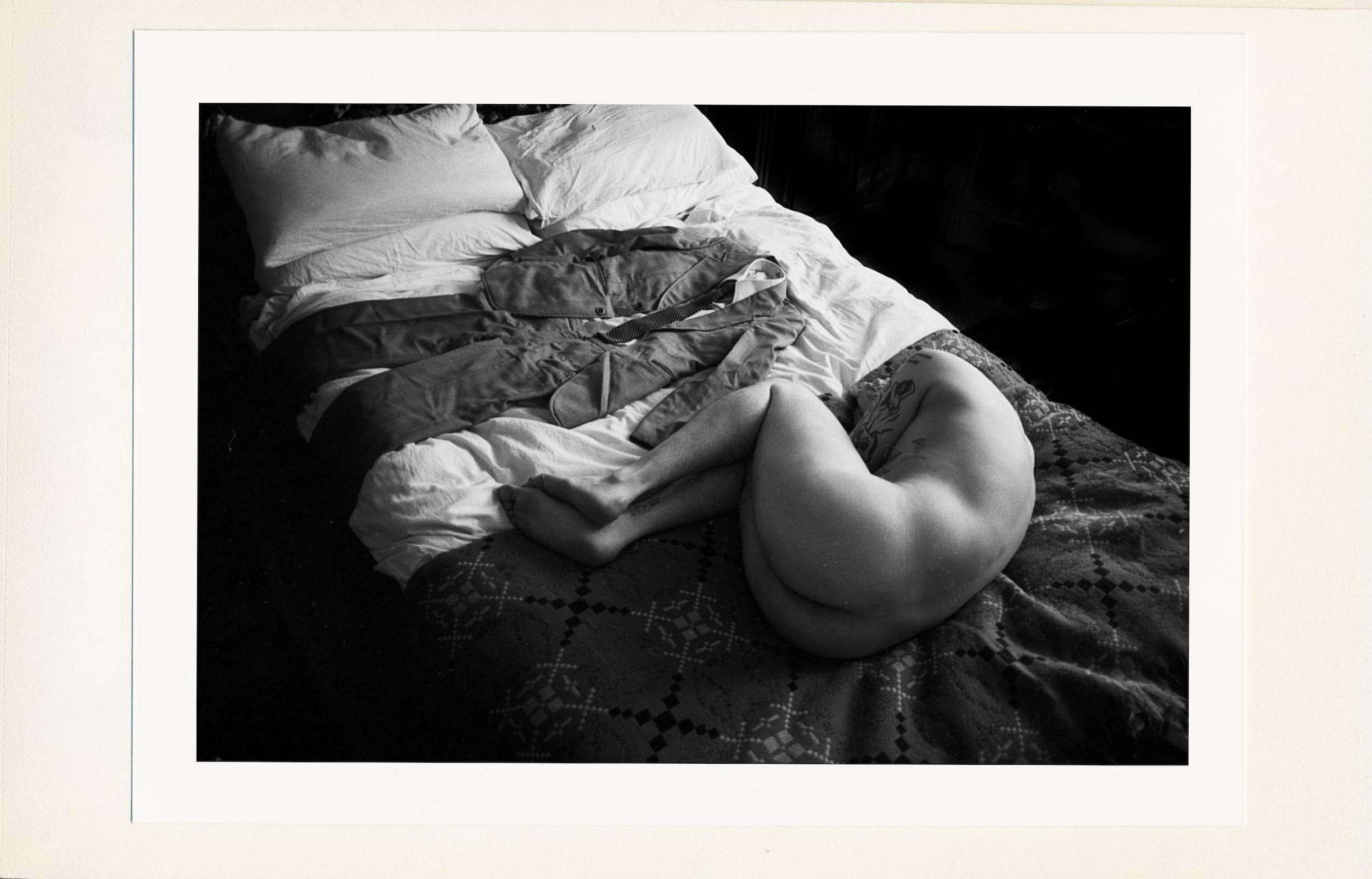“Originally, it was going to be called The Wishing Well… but I wanted to come up with something a little bit more rowdy,” he laughs. “One night, a friend and I were walking home quite late, and this driver came speeding up the road, swerving everywhere. He nearly hit me and my friend, and I went, ‘ah, even a maniac can learn to drive’.” This idea that “anyone can do anything” resonated with the transition that Quirke experienced. “The project is about the uncertainty of time and growth,” he explains. “The notions it observes are about maturity and the fading of innocence… It’s a project that emulates a personal reflective nostalgia.”
Photography and memory are intrinsically intertwined, and, for Quirke, the medium of collage is integral to speaking about his experiences. “It’s like a tool for me to decipher things that I’ve encountered in life, and how they’ve affected me,” says Quirke, who has been scrapbooking since he was 16. “I couldn’t be bothered to glue stuff in, so I’d just stick masking tape around it. At the time I thought it looked grubby, but it developed, and I’ve never worked in any other way.”
Cut-and-pasted or stitched together, a reckless, youthful energy imbues Quirke’s work. “A lot of my imagery is quite dark, but there is also a sense of humor,” he reflects. Since lockdown, unable to visit exhibitions, Quirke has found himself inspired by album covers. He refers to the cover of V3’s 1996 album, Photograph Burns, on which a naked woman hangs up laundry as a fire rages in the back of her yard. “That photo encapsulates the idea that a photo can be quite gnarly, but also have a silliness to it.”
However, alongside this audacity and humour,a tenderness ripples through the work. A dead mouse, delicately resting in a friend’s palms; a naked body, curled up on a bed; a couple kissing in front of a police van. “A lot of it’s metaphorical, and people can take their own feelings from it,” he says. “It’s just me purely as an observer… I’m just trying to represent honestly what I’m seeing around me.”

